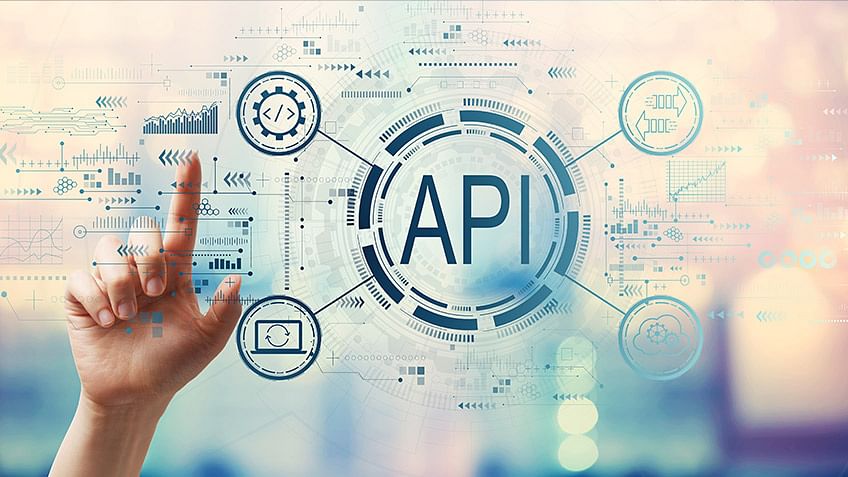What is an API?
APIs allow two software components to communicate using a set protocol and definitions. The software system of the weather bureau contains daily weather data. Your phone’s weather app “talks” with this system via API, and displays daily weather updates to you. The API Tester is a really useful mobile app to test any type of API. This app has a nice interface and is very easy to use. And the technical support helps with all questions. Using API Tester, you can make HTTP & HTTPS requests, exchange data via websockets, and debug APIs. The API tester is a straightforward, user-friendly application with a sleek, contemporary appearance. For humans, this app was created. This UI is stunning, incredibly user-friendly, and contains all the features you require.
Types of APIs
Most application programming interfaces today are web APIs, which allow an application to expose its data and functionality via the internet. These are the main types of web APIs:
- Open APIs: provide open-source application programming interfaces that you can access using the HTTP protocol. They are also known as public APIs. These API endpoints include request and response formats, and they can be accessed with the HTTP protocol.
- Partner APIs: allow you to access application programming interfaces that are available to strategic business partners. These APIs are typically accessible by developers in self-service mode via a public API developer portal. To access APIs from partner companies, developers will still need to go through an onboarding process.
- Internal APIs allow users to program applications in a way that is hidden from the outside world. These APIs are not available to outside users and are intended to increase productivity and communication between different development teams.
- Combination APIs combine multiple services or data APIs. These services enable developers to access multiple endpoints with one call. Composite APIs are useful for microservices architecture, where a single task might require information from multiple sources.
How Do I Use An API?
These are the steps required to implement a new API:
- How to obtain an API key? You can do this by opening a verified account with an API provider.
- Create an HTTP API client. This tool makes it easy to organize API requests using the API keys you have received.
- You can structure your request in your browser if you don’t have an API Client. Refer to the API documentation for more information.
- Once you feel comfortable with the new API syntax you can begin using it in your own code.
What Is An API Endpoint? Why Is It Important?
API endpoints represent the last touchpoints of the API communication system. These can be server URLs, services, or other digital locations that allow information to be sent and received between different systems. Two main reasons API endpoints are important to enterprises:

-
Security
API endpoints expose the system to attacks. API monitoring is essential for preventing misuse.
Performance
- API endpoints with high traffic can lead to bottlenecks that affect system performance and cause problems.
The Advantages Of APIs
Four main benefits are offered by APIs:
1. Integration
APIs can be used to connect new applications to existing software systems. Because each function doesn’t need to be written entirely from scratch, this increases the development speed. To leverage existing code, APIs can be used.
2. Innovation
With the advent of a new app, entire industries could be transformed. Businesses must be able to react quickly and allow rapid deployment of new services. This can be done by changing the API level, without needing to rewrite the entire code.
3. Expanding
APIs offer businesses a unique opportunity to serve their clients across multiple platforms. For example, maps API allows map information integration via websites, Android, iOS, etc. Any business can provide similar access to its internal databases using paid or free APIs.
4. Maintenance Is Easy
The API acts as a bridge between two systems. Each system must make changes to the API so it is not affected. This ensures that any code changes made by either party in the future will not affect the other.

